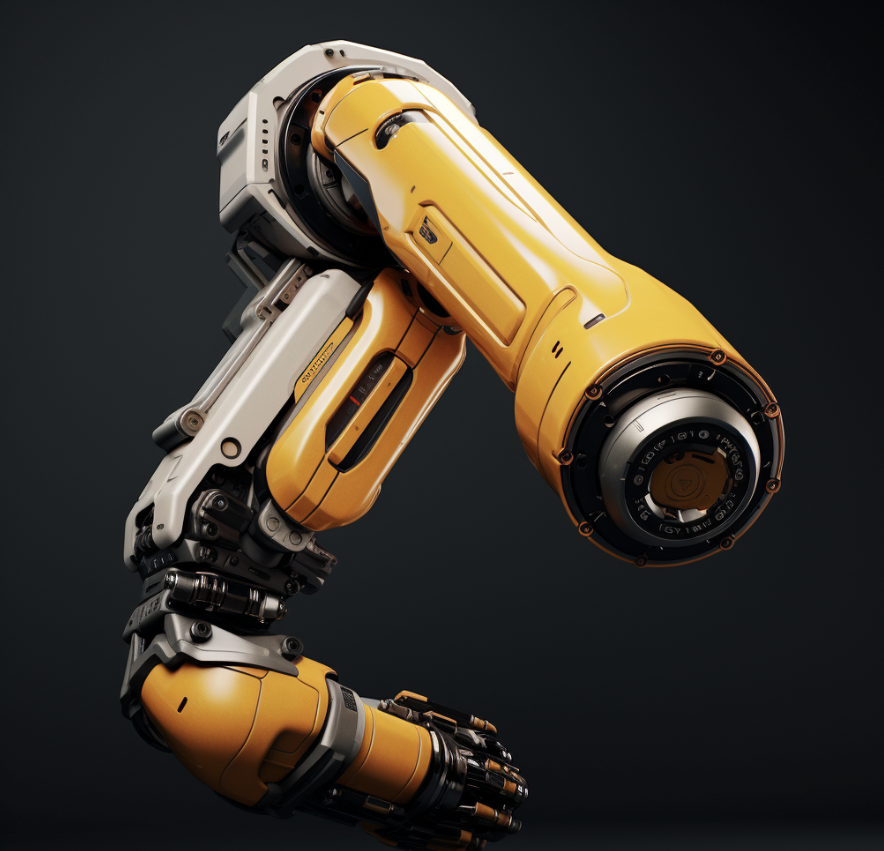

A magnetic end-effector, also referred to as a magnetic gripper or end-of-arm tooling, is a device attached to the end of a robot arm that uses magnetic force to pick up, move, and place objects.
Therefore, we could say that it's an end-effector specifically designed to utilize magnets as the gripping mechanism.
Let’s take a look at their salient characteristics:
You can’t just go buying the first magnetic end-effector that you find online. First, you’ll have to pause and take a moment to reflect on a few considerations.
They are:
We’ve rounded up the best magnetic end-effectors so you don’t have to go around willy-nilly trying to find a suitable one – or worse, do trial-and-error until you get it right.
Here are our top 3 picks to make your life a little easier:
Of course, while there are other great options on the market, we’ve aimed to give you a comprehensive look at not just the best-of-the-best, but also great picks at diverse budget points.
After all, even though a magnetic end-effector will offer a very good ROI (automation tends to pay for itself in 1-3 years) price tends to be a significant hurdle, so we’ve covered a wide range.

Connecting your new magnetic end-effector to your robot arm can seem daunting, but it’s actually easy with the right integration.
Here are some tips to follow:
Always keep in mind the size, shape, and material of the parts you need to handle. The gripper needs to be able to generate enough magnetic force to securely lift the parts, so measure how much force is required to detach the parts from the magnets. Also, make sure the gripper is compact enough to fit in your workspace but provides enough reach and degrees of freedom.
You want a smooth, clean surface with minimal rust or paint. The smoother the surface, the better the magnetic grip. However, some textured or machined finishes can work. Test sample parts to ensure the magnets can grip them securely.
Most models provide digital or analog I/O for controlling grip/release. Make sure your robot controller or PLC has spare outputs to control the gripper. The vendor should provide detailed wiring instructions. You may need an interface cable specific to your robot brand.
Electric grippers are easier to integrate and do not require compressed air. Pneumatic grippers generate higher forces but need air plumbing. Electric grippers have faster grip/release cycles. Consider your budget, integration complexity, and force requirements when choosing.
Magnets gradually lose strength over time. Inspect them periodically for chips or cracks. Most can last for years with proper use. Also, keep surfaces clean of metal debris. Follow the manufacturer’s maintenance recommendations. Replacement magnets are always available when needed.
Keep your hands and fingers clear of the magnets during operation. Wear gloves if handling magnets directly. Remember to follow any lockout/tagout procedures when servicing. Note that magnetic fields can interfere with pacemakers or medical devices if exposed at close range. Always consult your safety coordinator.
The top 3 magnetic end-effectors that will help you supercharge your productivity and, after reading this list, we hope you won’t have to spend too much time browsing online before you make your choice.
To compile this list, we looked at essential factors like magnetic force, payload capacity, weight, and compatibility to find the grippers that will serve you best.
Now that you're armed with this knowledge, it's time to purchase the perfect magnetic end-effector to suit your application, workpieces, and facilities.
If you're searching for the perfect pairing of a robot arm and magnetic end-effector, then the search is over: RO1 from Standard Bots is engineered for versatility.
RO1 is compatible with a diverse array of mechanical grippers, including magnetic end-effectors with M8 or M4 connectors.
Its adaptability makes it well-suited for a variety of applications in machine shops of all sizes.
Here are the standout features of RO1:
Chat with our team of experts for a complimentary 30-day trial at your site. Take advantage of our deep expertise and receive all the essential guidance to effectively integrate RO1 into your industrial operations.